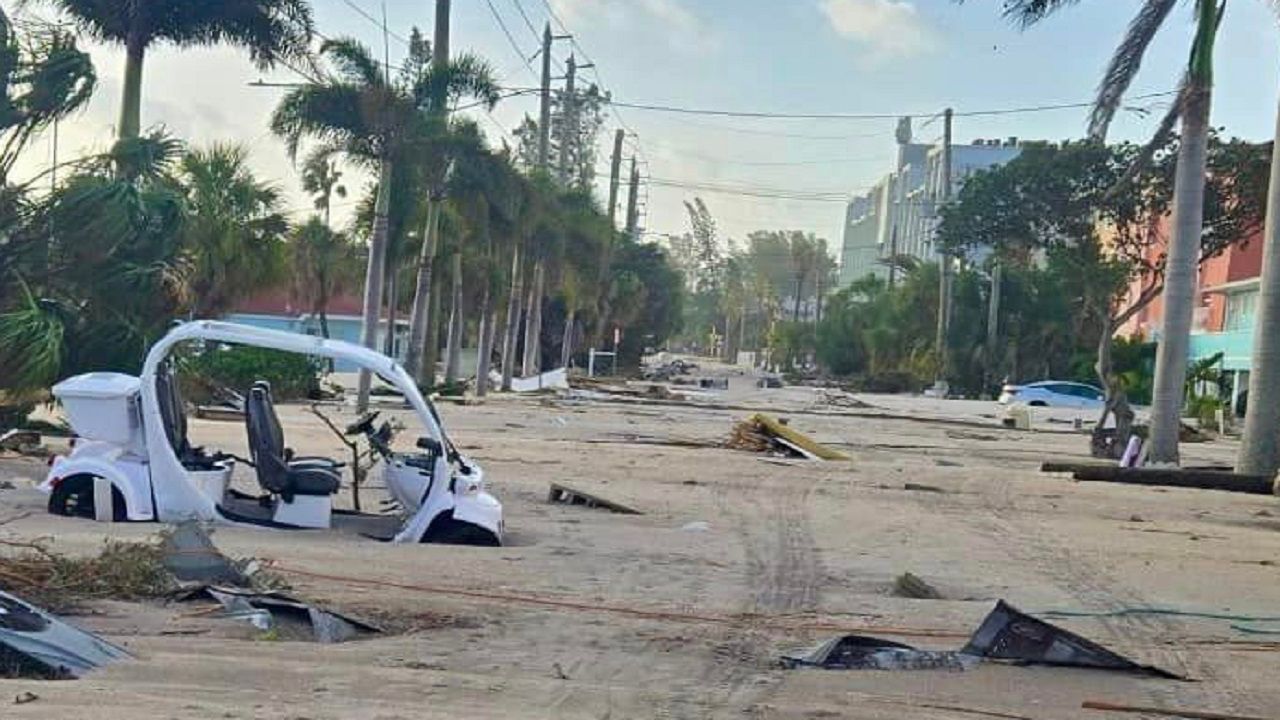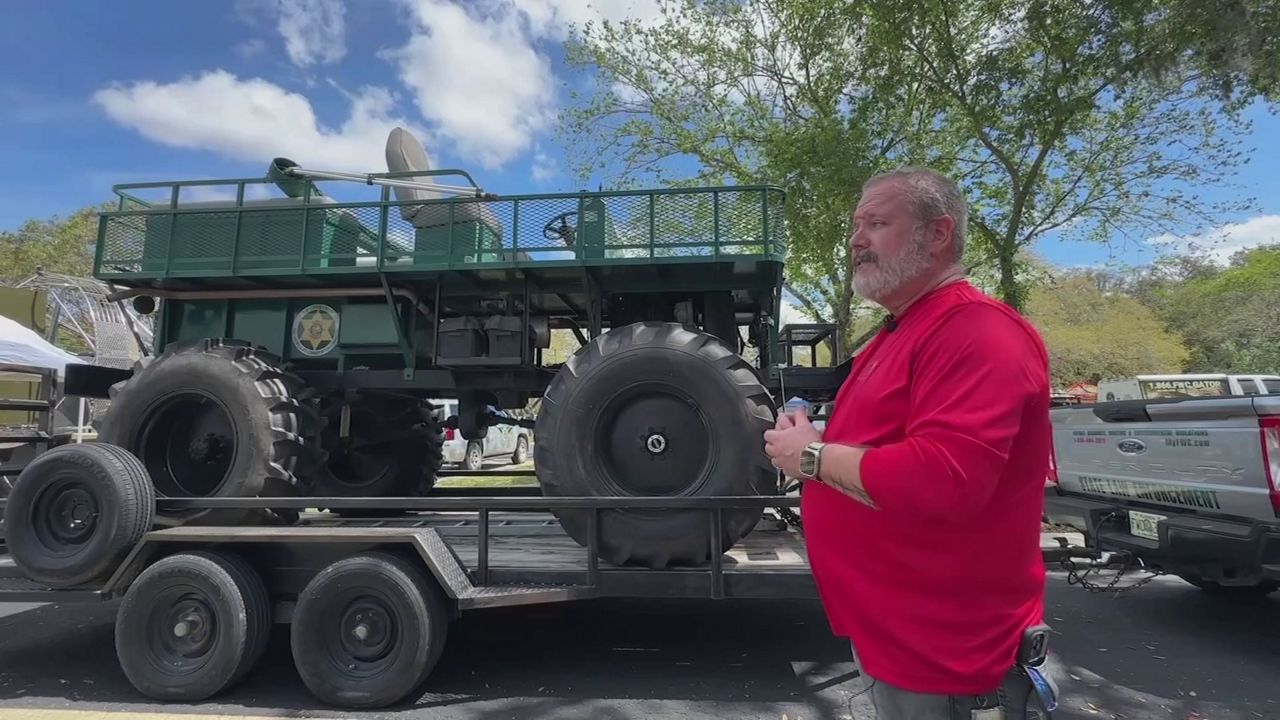PINELLAS COUNTY, Fla. — Along with water, Hurricane Helene’s strong winds moved several feet of sand onto neighborhood streets across beach communities.
The amount of sand moved inland stranded cars, blocked doors and buried items. The sand also left some residents wondering “What do I do with all this sand?”
Here is what you can do with this precious resource, per Pinellas County officials:
Return the sand to the beach
- Clean sand can be returned to the beach above the high tide line (mean high water line). The sand must not have stains, odors or include debris, and you must not place it over dune plants, turtle nests, storm debris or construction debris.
- If the sand does not meet the criteria above, you must request permission from the Florida Department of Environmental Protection (840-245-2094 or email CCCL@FloridaDEP.gov). Once you have permission, the same placement restrictions apply. Failure to follow these rules may result in civil penalties.
- If you are using heavy equipment, be cautious of buried water lines and other infrastructure.
Important restrictions
- Do not put sand in your trash.
- Do not place sand in any right-of-way or push it onto the road.
- Do not attempt to clear public roads. Our Public Works department is working on an authorization from Florida Department of Environmental Protection to screen clean sand to remove debris and return it to the beach.
Sea wall damage
If the seaward side of a property’s seawall is exposed, residents should consult a structural engineer or licensed marine contractor before covering the wall with sand. Placing sand on a damaged seawall could cause further and costly damage.
Whenever using a contractor, make sure they are licensed. Unlicensed or fraudulent contractors often target desperate home and business owners in the aftermath of hurricanes. Learn more at Pinellas.gov/choosing-a-contractor. Verify that contractors are licensed at contractorsearch.pcclb.com.










